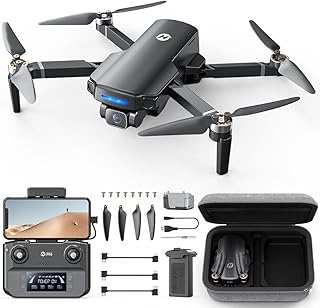Drones in Construction: Building the Future, Brick by Brick
Drones are rapidly transforming the construction industry, soaring above traditional methods to build the future, brick by brick. From surveying vast landscapes to delivering materials and inspecting hard-to-reach areas, these aerial marvels are revolutionizing how we design, build, and manage construction projects.
Taking Construction to New Heights:
* Surveying & Mapping: Drones equipped with advanced cameras and sensors capture precise 3D models of construction sites, generating accurate data for planning and design. This eliminates the need for time-consuming manual surveying, saving costs and enhancing efficiency.
* Material Delivery: Delivering supplies to remote or inaccessible areas via drone is becoming increasingly common. Drones can efficiently transport building materials, reducing transportation time and labor costs.
* Inspection & Monitoring: Drones with high-resolution cameras and thermal imaging capabilities allow for thorough inspections of bridges, facades, and other structures, identifying potential safety hazards and structural weaknesses.
* Progress Tracking: Drones capture aerial footage and images throughout the construction process, providing real-time updates and documentation for project management and progress tracking.
* Safety & Security: Drones can monitor construction sites for unauthorized access, ensuring worker safety and deterring theft.
The Future of Construction:
* Automated Construction: Drones are already being used to lay bricks and even operate heavy machinery. As technology advances, fully automated construction sites with drone assistance may become a reality.
* Sustainability & Efficiency: Drones contribute to a more sustainable construction industry by reducing fuel consumption and minimizing environmental impact. They also optimize resource utilization and workflow, improving project efficiency.
* Enhanced Safety: Drones can perform dangerous tasks, such as inspecting high-rise buildings or monitoring hazardous areas, minimizing risks for human workers.
Challenges and Opportunities:
* Regulations & Safety: Establishing clear regulations and safety guidelines for drone use in construction is crucial.
* Data Management & Security: Managing and storing large amounts of data generated by drones requires robust systems and security measures.
* Technical Advancement: Continuous technological advancements in drone capabilities are vital for further integration into construction workflows.
Conclusion:
Drones are reshaping the construction landscape, offering innovative solutions for efficiency, safety, and sustainability. As technology continues to evolve, drones will play an even more prominent role in building the future, brick by brick. By embracing this transformative technology, the construction industry can reach new heights of efficiency, innovation, and progress.


